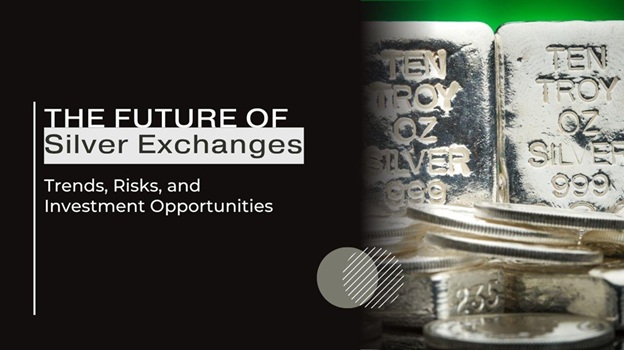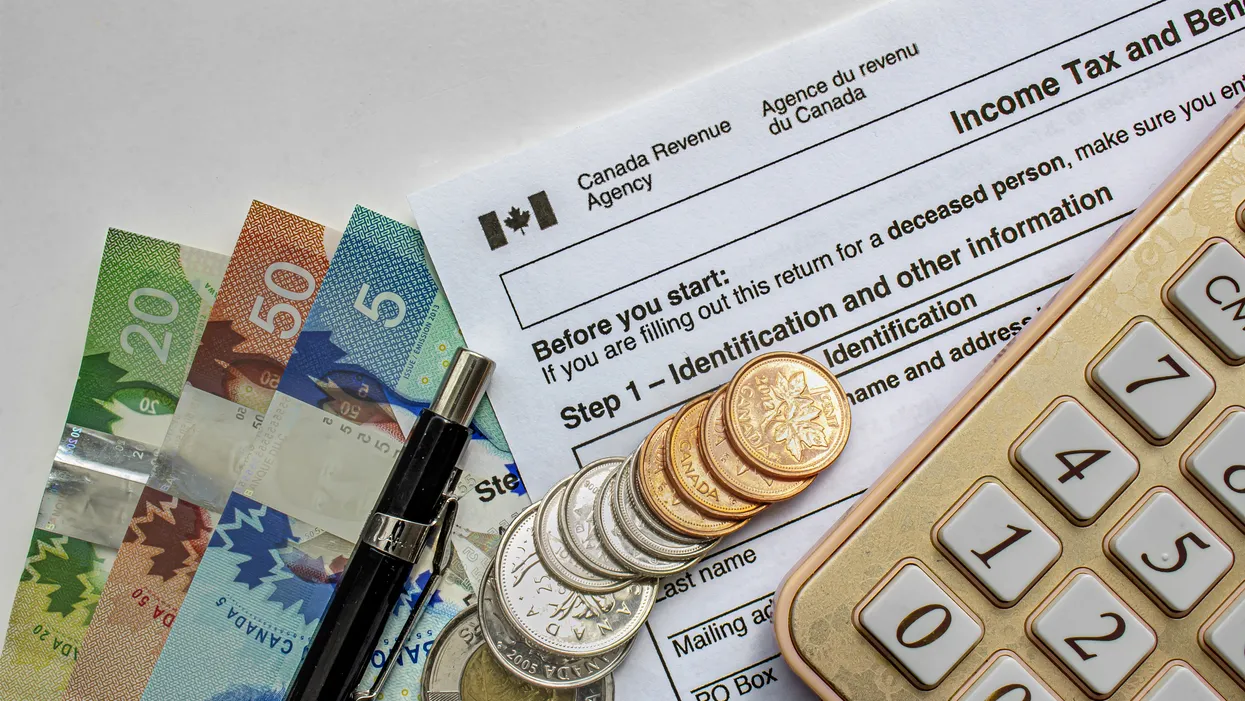The future of silver exchanges is set to change. Industrial demand for silver is rising. Technological innovations are emerging. Investors are viewing silver as a hedge against inflation. Economic uncertainty drives interest in this precious metal. Digital trading options offer better access for investors. However, there are risks to consider. Geopolitical tensions and market volatility could impact the market. Investors need to adopt careful strategies. By understanding these factors, you can find unique opportunities. Diversifying your portfolio is key. Emerging trends may benefit your investments. Explore these insights for more information.
Key Takeaways
Emerging digital silver options make trading easier. They boost liquidity and draw more investors to silver markets. Geopolitical tensions and supply chain issues cause volatility. This situation requires strong risk management for silver investments. Technological advancements, such as blockchain and AI, are changing silver exchanges. They ensure secure transactions and enhance trading efficiency. Industrial demand in tech and renewable energy sectors supports silver as a long-term investment. Diversifying with silver ETFs and futures helps reduce risks. It also acts as a hedge against economic uncertainty.
Current State of Silver Markets
The current state of silver markets shows a complex situation. Various economic factors and market dynamics shape it. Fluctuations in silver supply have a strong impact on prices. This often leads to increased market volatility.
Recent data reveals that global silver production is facing challenges. Geopolitical tensions and supply chain disruptions contribute to this. These issues create uncertainty among investors. This uncertainty prompts shifts in demand for silver.
Additionally, the relationship between industrial use and investment demand complicates matters further. As you analyze market trends, watch broader economic indicators closely. Potential shifts in investor sentiment will likely influence the silver market’s path ahead.
Emerging Trends in Silver Investment
Investors are seeing a shift in silver investments. Digital silver options are becoming popular. They provide easier trading and more flexibility.
Sustainable mining practices are also on the rise. This trend addresses environmental concerns. It may improve the long-term availability of silver.
Industrial demand for silver is increasing too. These changes create a dynamic environment for silver investment. Careful consideration is essential for investors navigating this landscape.
Digital Silver Investments
Digital silver investments are gaining popularity. They provide a modern alternative to traditional silver investments.
Technology makes silver more accessible and liquid. Blockchain technology offers a secure way to own assets. Investors can enjoy transparency and security.
Digital wallets enable quick transactions. You can buy, sell, or trade silver easily. This flexibility is appealing to many investors.
Key benefits of digital silver investments include:
- Increased liquidity: Convert investments into cash fast.
- Lower transaction costs: Enjoy reduced fees compared to traditional methods.
- Global reach: Access a larger market without geographical limits.
As these trends develop, digital silver investments may change how you interact with silver.
Sustainable Mining Practices
Investors now consider the environmental impact of their choices. Sustainable mining practices are a key focus in the silver market.
Mining companies are adopting eco-friendly practices. They aim to minimize their environmental footprint. Data shows that these mines can cut water usage by 50%. They can also significantly reduce greenhouse gas emissions.
Companies with sustainable practices gain a competitive edge. They attract socially conscious investors. Global demand for ethically sourced metals is on the rise. Silver investments linked to sustainable mining will likely attract more interest.
Rising Industrial Demand
The demand for silver in industry is growing. This is due to technology advancements and the move to renewable energy. Market forecasts show that silver use in various sectors will increase. Key drivers include electrification and sustainability.
Solar Energy: Silver is crucial in photovoltaic cells. Its conductivity boosts demand as solar energy rises.
Electronics: Smart devices and electric vehicles need more silver. Its role in conductors and connectors is expanding.
Medical Devices: Silver has antimicrobial properties. This makes it appealing for healthcare applications.
As these trends develop, it’s important to understand how rising industrial demand affects silver investments. This knowledge aids in making informed decisions.
Technological Innovations Impacting Silver Exchanges
The silver exchange market is changing. Technology plays a key role in this shift. Blockchain is leading the way. It ensures secure and transparent transactions. This reduces fraud risk. It also makes settlements faster.
Advanced trading platforms are emerging too. They offer real-time analytics. These tools help traders make quick decisions. Many platforms use artificial intelligence. This enhances trade execution and assessments.
Together, these technologies improve the trading environment. They attract more institutional and retail investors. Staying informed on these trends is important. It helps you seize future silver market opportunities.
Identifying and Managing Risks in Silver Investments
Silver investments can be appealing. However, understanding and managing risks is vital for success. Conduct a risk assessment to grasp market volatility.
External factors also influence silver prices. Using sound investment strategies can reduce losses and improve returns.
- Diversify your portfolio. This spreads risk among various assets.
- Keep track of global economic indicators. They affect silver demand.
- Implement stop-loss orders. These limit losses during market fluctuations.
Long-term Investment Opportunities in Silver
When looking at long-term investment in silver, analyze its historical price trends. These trends show resilience during economic changes.
Silver has growing industrial demand. This demand comes from technology and renewable energy sectors. Over time, this can increase its value.
Adding silver to your investment mix can help reduce risks. This is especially true for traditional assets.
Historical Price Trends
Silver prices have shown significant fluctuations over time. These changes stem from various economic factors. For investors, this can mean opportunities.
Historical price analysis reveals key correlations. Silver often reacts to macroeconomic indicators. Inflation rates and currency strength are critical. Understanding these links can help you find good investment timing.
- Price Trends: Examine how silver prices respond in economic downturns.
- Inflation Hedge: Silver tends to perform well during rising inflation. It can protect your investment portfolio.
- Market Sentiment: Changes in investor sentiment may lead to quick price shifts.
Keep an eye on these trends to inform your investment strategy.
Industrial Demand Growth
Industries are evolving. They’re adopting new technologies. This shift is driving the demand for silver. Silver has unique properties. It’s valuable in many industrial applications. These include electronics, photovoltaics, and medical devices.
Research shows that global demand could exceed 1 billion ounces by 2025. However, substitutes like copper and aluminum could challenge silver’s role. In some sectors, these materials may take over.
Nonetheless, silver offers distinct advantages. Its superior conductivity and antimicrobial properties are hard to match. This will likely sustain its use in various industries.
Investors need to keep an eye on these trends. Understanding industrial demand is essential for identifying long-term opportunities. It could significantly affect silver’s market dynamics.
Diversification Strategy Benefits
Investing in silver can help diversify your portfolio. This is important when market conditions change. Adding silver can balance your risk profile. Historically, silver has acted as a hedge against inflation. It may also provide stability during economic downturns.
Consider these benefits:
- Portfolio Resilience: Silver’s value often moves differently than stocks. This may provide a cushion in volatile markets.
- Growth Potential: Demand for silver in tech and renewable energy could drive future price increases.
- Risk Assessment: Including silver allows for a better evaluation of your investment strategy.
Incorporating silver can enhance your portfolio. It can help mitigate risks effectively.
Strategies for Diversifying With Silver
Many investors focus on stocks and bonds. However, adding silver to your portfolio can diversify your investments. Silver ETFs offer a straightforward way to invest. They provide liquidity and eliminate the need for physical storage. These ETFs track silver prices closely. This makes them appealing for hedging against inflation and uncertainty.
You could also consider silver futures. They provide leveraged exposure to price changes. However, they come with higher risks.
Frequently Asked Questions
How Does Geopolitical Instability Affect Silver Prices?
Geopolitical tensions create market volatility. This often affects silver prices. When instability rises, investors seek safety. They turn to silver. This increases demand for the metal. Higher demand can lead to price fluctuations. These changes can impact your investment strategy. Understanding this connection is crucial for investors. Keep an eye on global events. They can provide insights into potential market movements. A keen awareness of these factors can help you navigate your silver investments. Adapt your strategy based on current geopolitical situations to maximize your returns.
What Are the Tax Implications of Investing in Silver?
When you invest in silver, understand the tax implications. Capital gains taxes may apply when you sell your silver. Effective strategies can help reduce these tax impacts. This can boost your overall returns from silver investments. Always consult a tax professional for advice tailored to your situation.
Can Silver Be a Hedge Against Inflation?
Silver has historically seen increased demand during inflation. Over the last decade, its value has risen by 30%. This trend makes silver appealing for investors. It shows a strong correlation with inflation. Silver also demonstrates resilience in volatile markets. For these reasons, it can be a solid hedge in your investment strategy. Consider adding silver to your portfolio for better protection against inflation risks.
What Role Do Central Banks Play in Silver Markets?
Central banks impact silver markets. They do this by managing silver reserves and setting policies. Their decisions shape demand and price. These changes reflect economic conditions. They also show investor sentiment. This can influence your silver investment strategies. Monitor central bank actions closely. They are key players in the silver market. Their choices can lead to significant market shifts. Stay informed to adapt your investment plans effectively. Understanding these dynamics is crucial for silver investors.
How Do Silver ETFS Differ From Physical Silver Investments?
Did you know that silver ETFs attract over $20 billion each year? They provide liquidity. This makes it easy to buy or sell shares quickly. You do not need to store physical silver. This is a key difference from owning tangible assets. Silver ETFs allow for diverse investment strategies. Investors can react swiftly to market changes. This flexibility is a significant advantage. In contrast, physical silver requires storage and security. Managing these assets can be cumbersome. Ultimately, each investment type has its own benefits and drawbacks. Choose what aligns with your financial goals.





